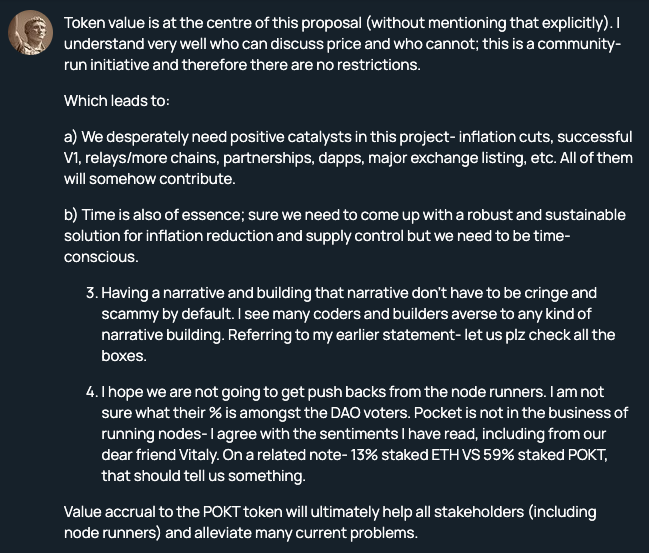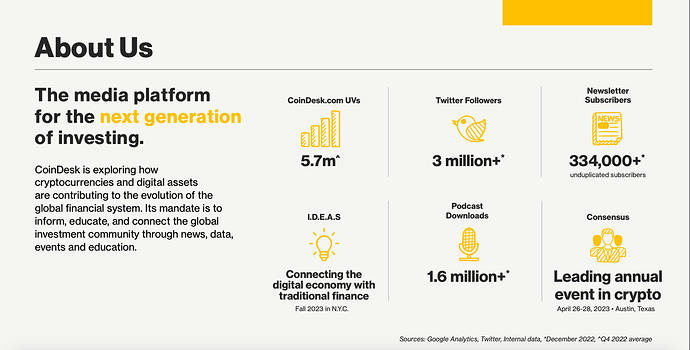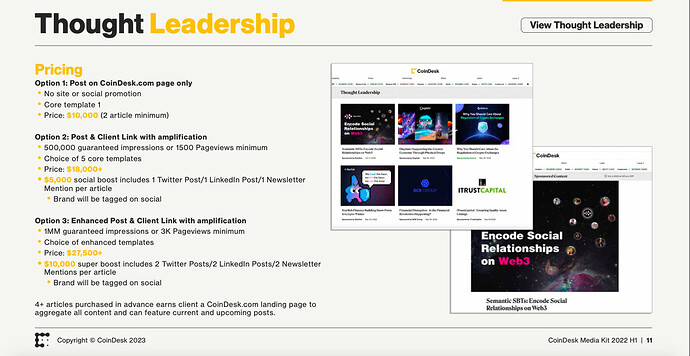Hey, thanks for your feedback.
Heard you are an amazing coder though- respect!  I have a huge inferiority complex there.
I have a huge inferiority complex there.
I generally do ok with markets and economics.
“Gut feel” is something we all believe we are good at (including me) but Daniel Kahneman debunks that very well.
Allow me to address your post a bit differently and nothing is for universal acceptance, just my personal views.
A famous and soon to be a living centenarian once said: “Show me the incentives and I will show you the outcome.”
Are you a node runner as well? I am relatively new, please forgive my ignorance.
The length of the cons list above VS pros hints me so.
I don’t consider such probable behaviours good, bad or evil btw.
I consider those very humanly and therefore discuss them very openly.
Behaviours and aspects such as- humans being interest and incentive driven, forming interest groups, tragedy of the commons, etc etc
Just as in one of my recent tweets I said- incentives may not be aligned for PNI (as a for-profit entity) to de-monopolise themselves. I don’t consider that evil, thats just capitalism. And PNI can be replaced with any 3 letter company in the current situation, and my comments will not change.
Why is this important?
Because if PNF (@JackALaing , @Dermot , @nelson , @b3n , @Ming ) has to do good and smart governance in this DAO, it’s important to discuss those probable behaviours and consequences openly, and factor those in the governance processes.
I have called out a few more things here and here.
Going back to supply and inflation-
I would encourage you to check this sheet and you may change your mind if you want to compare and contrast (which we should).
I think the conclusions are self-explanatory of where POKT stands VS the rest on the list.
I mean most actually have a definitive supply, which is even more radical if we were to take that route but we didn’t.
Btw Solana and Pocket mainnets happened around the same time.
Comments I keep hearing- we are over provisioned, we don’t need ~25k nodes, we need more validators, etc
I don’t know the precise answers because that’s not my area of expertise yet.
But I do wonder how other POS chains are decentralising, securing, validating, transacting with less staked, fewer validators, etc.
ETH staked is ~13% of the supply (although will increase after Shanghai)
Solana has ~3000 validators
Forgive me if I overstep because I am not an expert here; maybe I am missing critical details & nuances of the argument.
I understand the supply side going little ahead, the need for subsidies etc in a startup.
But Pocket is not a node running company, that’s not its core offering. And it’s not “THAT NEW” anymore.
It’s high time that we start paying attention to other space and market realities:
-Demand/end users
-Investors/Token Value
-Dev/mind share
-Market share
-Protocol financials
-DAO governance
-Marketing
to name a few, also overlapping ones.
And there will be tradeoffs and compromises to be made.
I will continue to be vocal on this front.
At this moment, SER appeared “net-positive” & “the best alternative” to align with market and space realities and to get the ball rolling. We decided against “do nothing”.
Next step of tokenomics will hopefully be more dynamic and robust- factor in demand, burn etc. At least that is the attempt and discussions have already started. We are all excited!
To end this- “speculation” has a bad reputation but we forget that we all indulge in it knowingly or unknowingly. Several comments above are speculative in nature.
Starting a company (entrepreneurship), marriage and many more critical decisions are the biggest speculations ever!
Thanks for reading.


